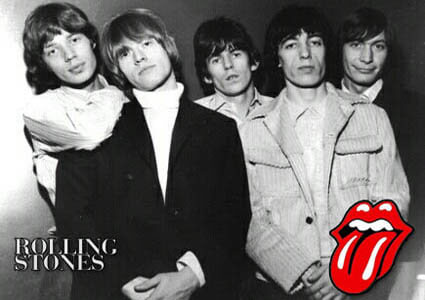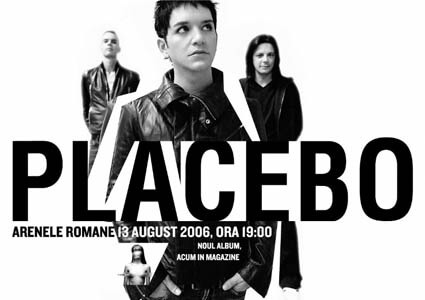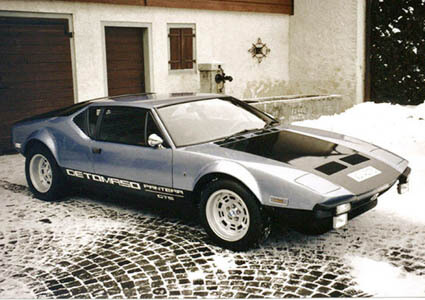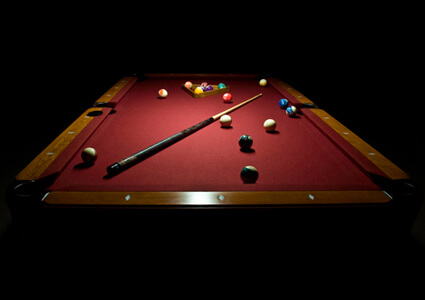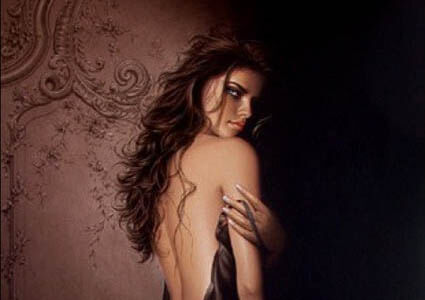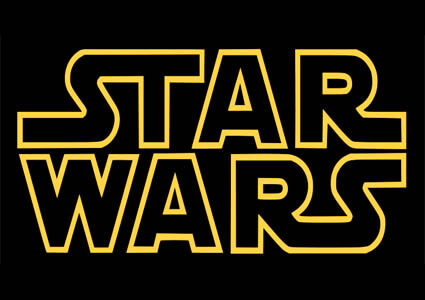Close Encounters of the Third Kind: A Sci-Fi Masterpiece That Changed Jack Marvin’s View of the Universe
Few films have captured the wonder and mystery of alien contact quite like Close Encounters of the Third Kind. Released in 1977, this Steven Spielberg classic was groundbreaking not just for its innovative storytelling but also for its revolutionary special effects. Jack Marvin first saw this film sometime after Star Wars, and while the two movies were vastly different in tone and style, Close Encounters left an equally lasting impression on him.
By 1983, Jack had the rare opportunity to view the original filming miniature of the alien mothership along with several scout ships at an exhibit in Los Angeles—an experience that deepened his appreciation for the film’s technical artistry. From its use of miniatures, matte paintings, and practical effects to its unforgettable score by John Williams, Close Encounters remains one of the greatest sci-fi films of all time.
The Genius of Steven Spielberg
By the time Close Encounters was released, Steven Spielberg was already a rising star in Hollywood, thanks to Jaws (1975). But rather than stick to horror or action, he took a bold leap into science fiction, crafting a story about extraterrestrial contact that was more about awe and discovery than terror.
Spielberg’s approach to aliens was unique at the time. While many sci-fi films of the era leaned into the idea of aliens as invaders (War of the Worlds, Invasion of the Body Snatchers), Spielberg envisioned a first contact scenario filled with curiosity, wonder, and ultimately, peace.
John Williams: The Man Who Made Aliens Sing
One of the most iconic aspects of Close Encounters is its use of music as a means of communication between humans and extraterrestrials. This brilliant concept was brought to life by none other than John Williams, Spielberg’s longtime collaborator.
Williams' five-note musical motif, used to establish a dialogue between the aliens and humans, is one of the most famous themes in cinematic history. His orchestral arrangements heighten the sense of wonder, fear, and exhilaration that define the movie.
The Special Effects Team: Pioneers of Practical Magic
- Miniatures & Models – The massive alien mothership was brought to life using a detailed miniature, designed by Douglas Trumbull and his team.
- Matte Paintings – Ralph McQuarrie contributed breathtaking matte paintings, particularly in scenes set around Devil’s Tower.
- Practical Effects with Ink Tanks – Swirling cloud effects surrounding the UFOs were created using ink dropped into water tanks and filmed at high speed.
- Puppetry & Animatronics – The alien beings seen at the end were a mix of practical effects and early animatronics, designed by Carlo Rambaldi.
Different Versions of Close Encounters
- Theatrical Cut (1977) – The original release.
- Special Edition (1980) – Included new scenes inside the mothership.
- Director’s Cut (1998) – Spielberg’s final version, removing the inside-the-mothership scene.
The Lasting Impact on Sci-Fi and Pop Culture
Close Encounters redefined how alien contact could be portrayed in film, influencing movies like Arrival (2016), Contact (1997), and even elements of E.T. (1982).
Additionally, the film’s themes of government secrecy and UFO conspiracies remain relevant today.
Conclusion
Steven Spielberg’s Close Encounters of the Third Kind is a film that transcends time. Its groundbreaking special effects, unforgettable score, and deeply human story continue to captivate audiences. For Jack Marvin, it was not just another sci-fi movie—it was an event that sparked imagination, curiosity, and a lifelong appreciation for practical effects and cinematic storytelling.




